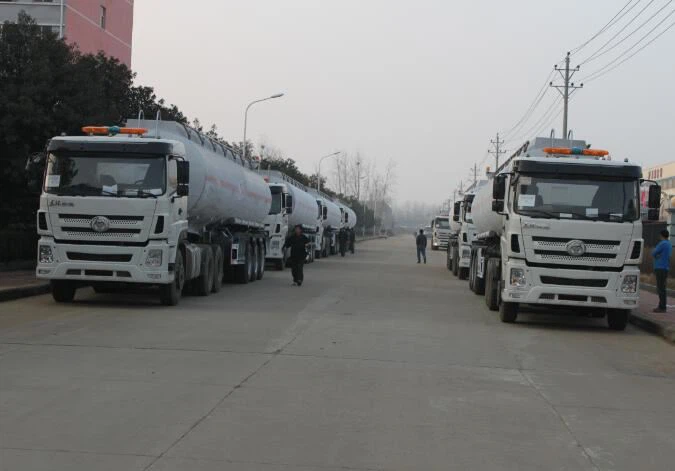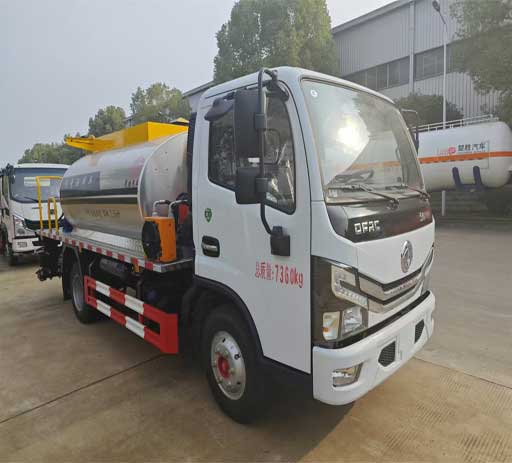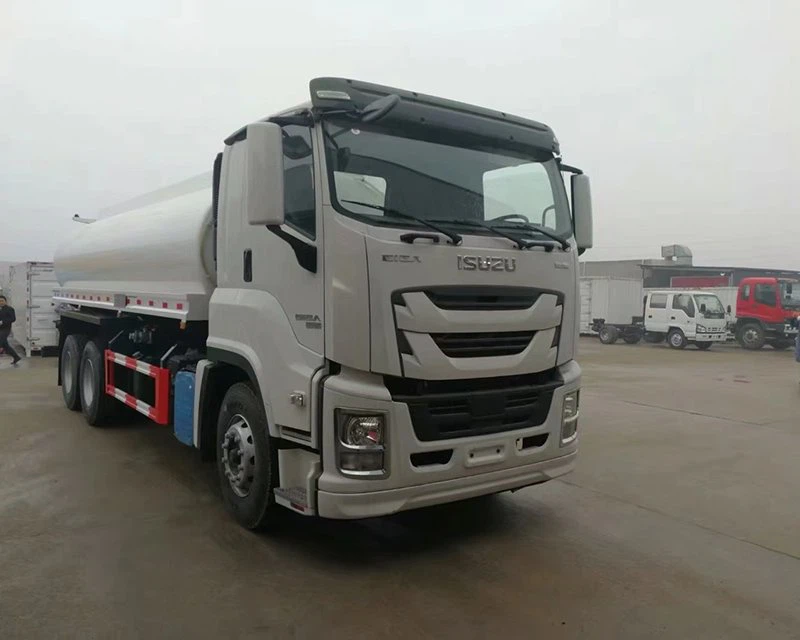Ultimate Guide to Tank Semi Trailers: Everything You Need to Know

Introduction
Tank semi trailers are specialized vehicles designed to transport liquids, gases, and sometimes powders. They play a crucial role in various industries, including oil and gas, food and beverage, chemicals, and agriculture. Understanding the types, features, regulations, and maintenance of tank semi trailers can enhance operational efficiency and safety. This article explores the nuances of tank semi trailers in-depth, providing valuable insights for fleet managers, drivers, and industry enthusiasts alike.
What is a Tank Semi Trailer?
A tank semi trailer is a type of trailer specifically built for hauling liquids or gases. Unlike standard trailers, tank semi trailers feature cylindrical tanks made from materials such as aluminum or stainless steel, designed to prevent leakage while ensuring the safe transportation of hazardous and non-hazardous materials.
Types of Tank Semi Trailers
1. Stainless Steel Tank Semi Trailers
Stainless steel tank trailers are ideal for transporting food-grade materials and chemicals. Their non-reactive properties ensure the integrity of the cargo, preserving both safety and quality.
2. Aluminum Tank Semi Trailers
Aluminum tanks are commonly used for petroleum and liquid asphalt. They are lightweight yet durable, making them ideal for efficiently transporting a large volume of liquids.
3. Insulated Tank Semi Trailers
These trailers are equipped with insulation to maintain temperature-sensitive commodities like milk or liquid chemicals. The insulation helps to ensure that the cargo does not spoil or react due to temperature fluctuations.
4. Pressurized Tank Semi Trailers
Pressurized tankers are specifically designed for transporting gases such as propane or ammonia. They have built-in pressure control systems to ensure the safe handling of volatile substances.
Key Features of Tank Semi Trailers
1. Design and Structure
Tank semi trailers come in various shapes and sizes. The most common design is cylindrical, which minimizes stress points and improves stability during transport. They consist of a tank mounted on a trailer chassis.
2. DOT Regulations
To ensure safety, the Department of Transportation (DOT) mandates specific regulations for the construction and operation of tank semi trailers, such as weight limits and safety features like baffles, which prevent liquid sloshing.
3. Safety Features
Modern tank semi trailers are equipped with essential safety features, such as emergency shut-off valves, rollover protection systems, and anti-vortex baffles that improve load stability and reduce the risk of spillage.
4. Loading and Unloading Systems
Tank semi trailers utilize various loading and unloading systems, including pumps, gravity-fed systems, and pneumatic systems, which facilitate efficient transfer of liquids or gases.
Applications of Tank Semi Trailers
Tank semi trailers have a wide array of applications across different sectors:
1. Food and Beverage Industry
In the food and beverage industry, tank semi trailers transport liquid products such as milk, juice, and wine. The trailers are designed to meet stringent health and safety regulations to ensure product integrity during transport.
2. Chemical Transportation
Chemicals require specialized transportation due to their hazardous nature. Tank semi trailers equipped with containment features minimize risks during transit and keep the materials safe.
3. Petroleum Products
Petroleum is one of the most common applications for tank semi trailers. They transport gasoline, diesel, and other fuel types, often requiring specialized construction to handle flammable materials safely.
4. Agricultural Use
Tank semi trailers are used in agriculture to transport fertilizers and pesticides. They can also be employed to deliver water for irrigation purposes in remote areas.
Choosing the Right Tank Semi Trailer
Selecting the right tank semi trailer for your needs involves several considerations:
1. Type of Cargo
Understanding the type of material you are transporting is crucial. For example, food-grade products require stainless steel trailers, while flammable liquids may require pressurized tanks.
2. Regulations and Compliance
Ensure that the trailer meets all local and federal regulations, including DOT requirements for transport safety, labeling, and documentation.
3. Size and Capacity
Choose a tank semi trailer with a size and capacity that suits your operational needs while considering weight restrictions and vehicle compatibility.
4. Budget
Balancing quality with affordability is vital when purchasing a tank semi trailer. Consider both initial and long-term maintenance costs.
Maintenance Tips for Tank Semi Trailers
Regular maintenance is key to ensuring the longevity and safe operation of tank semi trailers:
1. Routine Inspections
Perform routine inspections to check for wear and tear, leaks, and other potential issues. Make sure to inspect hoses, fittings, and valves.
2. Clean and Sanitize
Cleansing the tank between loads is crucial, especially in the food and beverage industry. Use food-safe cleaning agents and ensure complete sanitation.
3. Maintenance of Components
Regularly check and maintain essential components such as pumps and valves to ensure they operate correctly and efficiently.
4. Record Keeping
Keep detailed records of inspections, maintenance, and repairs for compliance and operational efficiency.
Cost of Tank Semi Trailers
The cost of tank semi trailers can vary widely based on several factors:
1. Type and Capacity
Generally, stainless steel trailers are more expensive than aluminum ones, given their special coatings and construction standards, especially for food-grade transport.
2. New vs. Used

Buying new trailers can be a significant investment, generally ranging from $25,000 to over $100,000, while used ones vary based on condition.
3. Market Fluctuations
The economic conditions can also impact prices; fluctuations in materials and demand can elevate or drop costs.
4. Custom Features
Custom-built trailers with unique specifications or additional safety features will typically cost more than standard models.

Environmental Considerations
Tank semi trailers have an impact on the environment, so managing this aspect is crucial:
1. Spillage Prevention
Adopting advanced technology helps in minimizing spills during loading and unloading, which is essential for protecting water and soil.
2. Emission Regulations
Adhering to emission regulations is vital for ensuring that the trailers are in compliance with laws designed to protect the environment.
3. Recycling Efforts
End-of-life considerations for tank semi trailers should include recycling efforts for materials like aluminum and stainless steel to reduce environmental impact.
FAQ
1. What commodities can be transported using tank semi trailers?
Tank semi trailers can transport a wide variety of liquids and gases, including food products, petroleum products, chemicals, water, and agricultural inputs.
2. Are there specific regulations for transporting hazardous materials?
Yes, transporting hazardous materials requires adherence to stringent regulations set by the Department of Transportation (DOT) and other governing bodies, including proper labeling, training, and equipment specifications.
3. How often should tank semi trailers be maintained?
Tank semi trailers should undergo routine inspections and maintenance, ideally every 30 days, but more frequently if used for transporting hazardous or sensitive materials.
4. Can I convert a standard trailer into a tank semi trailer?
While it’s theoretically possible, converting a standard trailer into a tank semi trailer requires substantial modifications and adherence to safety regulations, making it more practical to purchase an approved tank semi trailer.
5. What is the average lifespan of a tank semi trailer?

The lifespan of a tank semi trailer can range from 10 to 20 years, depending on factors such as usage, maintenance, and construction quality.
6. How do weight restrictions affect the operation of tank semi trailers?
Weight restrictions vary by region and must be adhered to when operating tank semi trailers. Exceeding these limits can result in fines, safety risks, and damage to the trailer and roads.
